Financing a Group Self Build Project
The government has thrown its weight behind a number of initiatives intended to help more people self build. As a result, one of the routes gaining more traction is the group project – where like-minded individuals club together to develop clusters of personalised self build homes.
There are a variety of reasons to get involved in this kind of community-based project, including the potential for access to a greater number of plots and the opportunity for purpose-built neighbourhoods. What’s more, economies of scale mean pooling resources can be a clever way to get more for your money when dealing with contractors and suppliers.
Types of collective self build
Mike Hardwick previously took an insightful look at how you can manage a group build. The article highlighted a variety of ways to instigate a collective project, and broadly speaking we can divide these into three camps:
- Privately-funded groups – Collectives looking for multiple sites or high density projects, but with the clear intention that they will be privately funded (incorporating personal mortgages and/or borrowing facilities)
- Part-subsidised groups – These will often be formed to deliver new housing on subsidised or free land. However, the expectation is that the construction costs will then be privately funded
- Hands-on groups – In this setup, the land purchase is also likely to be subsidised. In addition, much – if not all – of the labour will be delivered on-site by the group members
With each of the above group options, the stages for procuring finance and the processes for managing budgets are very similar to those for individual self builders. However, there will be some additional hurdles to overcome that call for a disciplined approach.
Structuring the group
In countries such as Germany and the Netherlands, the setups are very advanced – and we can learn a great deal from their experiences. According to the National Self Build Association (NaSBA), one in 10 new homes in Berlin is delivered via group self build – so it’s certainly considered a mainstream option.
Essentially, an architect will pull together a group which constitutes itself into a legally-bound entity, with a published set of rules and procedures. Among other things, these will govern the timetable and scope of design involvement each member can have. The architect will drive the programme.
Given the inner city locations of many of the projects, the houses are usually stacked apartments or duplexes. Each group can consist of 30 or more families.
With these European models, funding is sourced from banks specialising in this kind of development so that the group entity can borrow and transact as necessary. After planning, the building work will be tendered and the contract let to a suitable builder, who will be managed by the group’s architect and wider professional team.
In effect, the architect uses their skilled management to drive the design process, land acquisition and subsequent building programme for a 30-person strong client team.
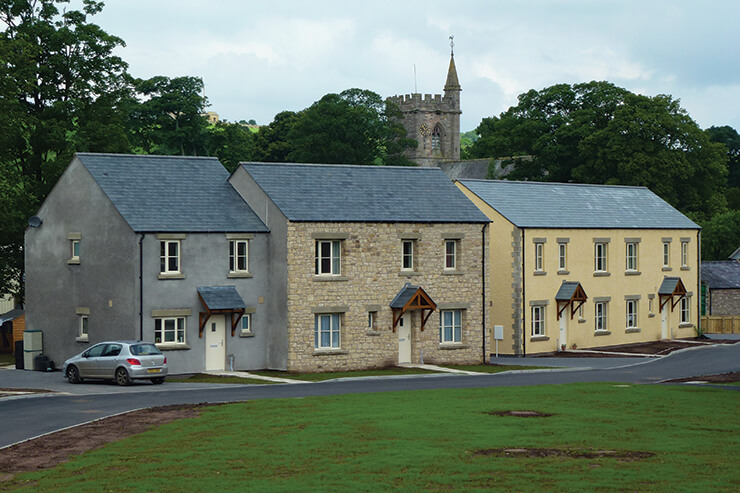
Stoneworks Garth community self build development in Crosby Ravensworth, Cumbria
Group self build financing in the UK
Local to me in Sussex, an architectural colleague is putting together a small self build group inspired by the European models. The individual members all seek different types and sizes of home, and are looking to have an influence on the design and ensure a high specification – but they’re all happy to leave the on-site work to the professionals.
Crucially, they all have sufficient funds in place (through assets and mortgage or borrowing facilities) to be able to proceed quickly when the time comes.
The group has already formed as a legal entity, identified collective requirements and is now on the hunt for a site. Led by the architect, it will be competing for planning-approved land with professional developers.
This might seem like a difficult task, but the collective might just be prepared to pay a bit more than other professional housebuilders for the right plot, as the primary motive is not to achieve a guaranteed profit margin
Each of the group’s individuals will need to contribute towards the land acquisition at proportionate levels, either through the use of existing funds, bridging finance or with secondary borrowing against their existing property.
Dividing land and shared spaces
Dividing up the land will present its own conundrums. If all the houses are to be detached properties, for example, it might be possible to split the title of the site after purchase and apportion individually-owned plots.
If this is the case, then securing construction finance should be fairly straightforward. Each member would sort out their own self build mortgage through the existing lender supply chain or a broker, such as BuildStore.
However, it’s likely that a group scheme will include some shared neighbourhood spaces in the plans – alongside some attached, terraced or split-level housing. In such situations, it’s difficult to separate titles until the properties are complete.
As a result, the collective itself would have to secure finance for the build. This form of lending is not easy to arrange at present, as mortgage providers often seek cast-iron security against all funds released to the group.
It is very often at this stage where self build collectives can hit problems. Loans, assets, first and second charges (where more than one loan is secured on a property) and other forms of security can all contribute to something of a financial quagmire.
It would be nice to say that help is readily available to overcome these stumbling blocks, but the fact is that responsibility for working out finances rests with the group itself. The best cure is prevention, so devising a robust borrowing profile should be an essential ingredient of the collective’s structure right from the start.
Main image: The Older Women’s Cohousing (OWCH) project
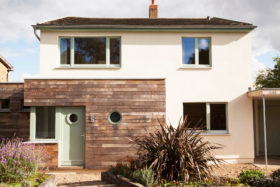
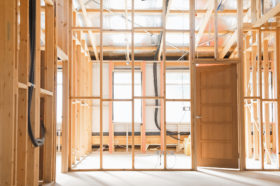






























































































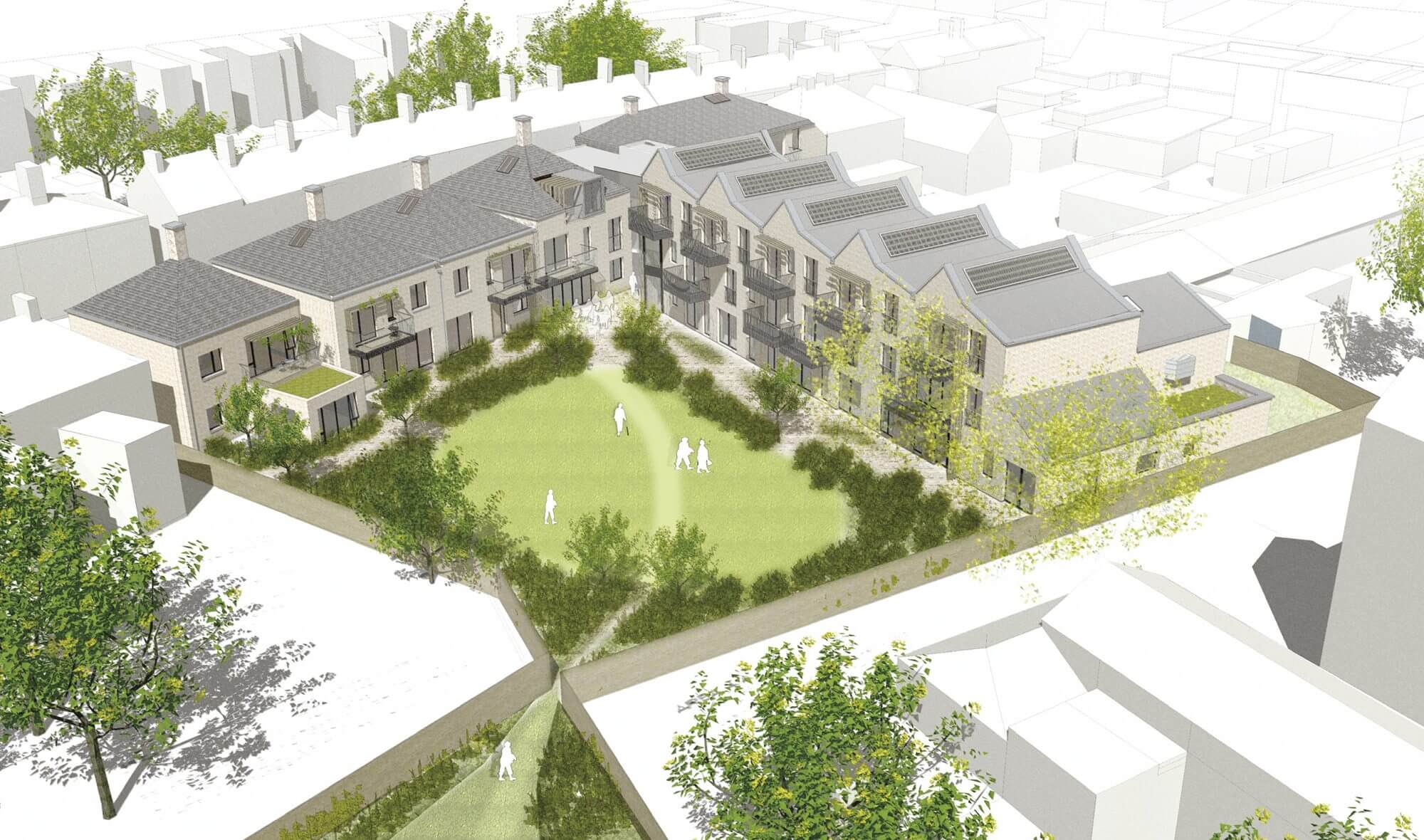
 Login/register to save Article for later
Login/register to save Article for later


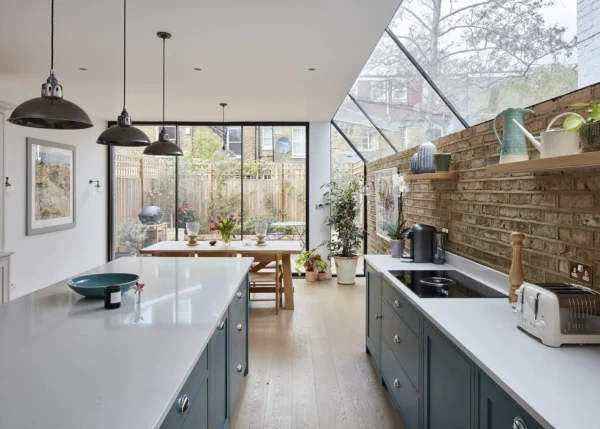


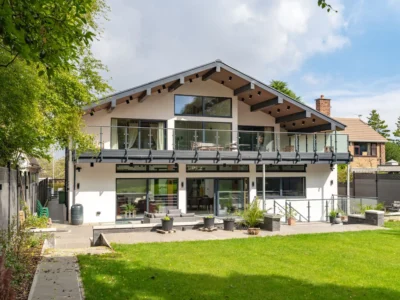
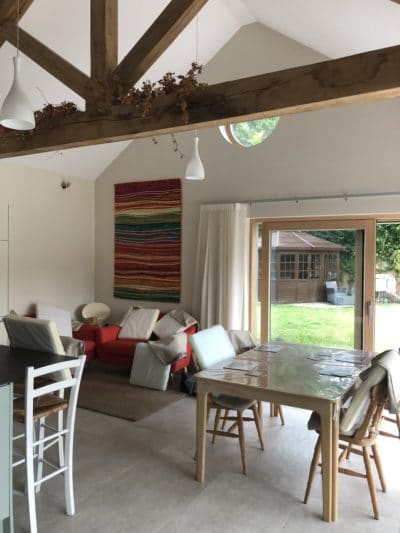
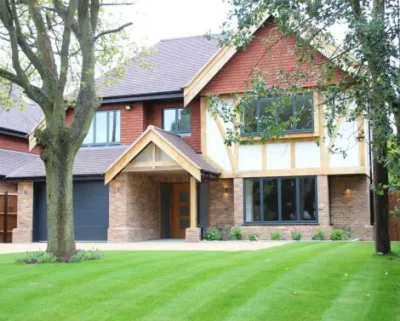





Comments are closed.